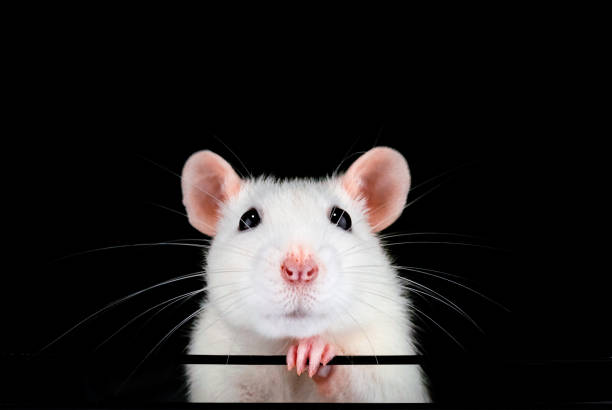Roof rats are a long thin rodent that have large eyes and ears, a pointed nose and a scaly tail roof rats have soft and smooth fur that is typically Brown in intermix spots of black their undersides can appear to be white, gray, or black. The roof rat is a smaller-sized rat with the Norway rat being the larger of the two species. roof rats will be 16 in total length where it is between 6 and 8 in being the body and six to eight in being the tail.
One key indication of a roof rat infestation is seeing the actual rodent either dead or alive. This can be a sign of a potential roof problem. Another common sign of a rat infestation is seeing droppings around the home. Fresh rat droppings are soft and moist, where old droppings are going to be hard and dried. The droppings of a roof rat are going to measure about 1/2 inch and have pointed ends. Droppings from Norway rats are going to be larger measuring about 3/4 of an inch with blunt ends. An additional sign of rat infestation could be the discovery of gnaw marks, damaged goods around the home, nest or greasy rub marks on the roof from rat activity. Other signs of infestation are rat noises in the attic or from inside of the walls. There may also be damaged electrical wires present.
COMMON HOUSE MOUSE
The common house mouse, one of the reasons that house mice can be such a problem is that house mice breed rapidly and can adapt quickly to changing conditions. The female house mouse can give birth to half a dozen babies every 3 weeks and can produce up to 35 young per year.
House mice are typically going to be a dusty gray color with cream-colored bellies. Some fur colors are going to vary from being a light brown to a dark gray depending on the mouse’s location. House mice have pointed muzzles, large ears with some hair on it, and can range in size from 2.5 to 3.75 inches long. Their tails are usually going to be 2.75 to 4 in Long. House mice prefer to eat cereals and seeds, but they will also eat insects, nuts and fruits. Inside of structures these mice may consume any human food, but they do prefer grain-based products.
You can identify an infestation of house mice in a variety of ways including gnaw marks, mouse droppings, mouse tracks, greasy oily rub marks, burrowing or nesting in the insulation, the strong odor of urine, damaged goods or actually seeing the rodent.

